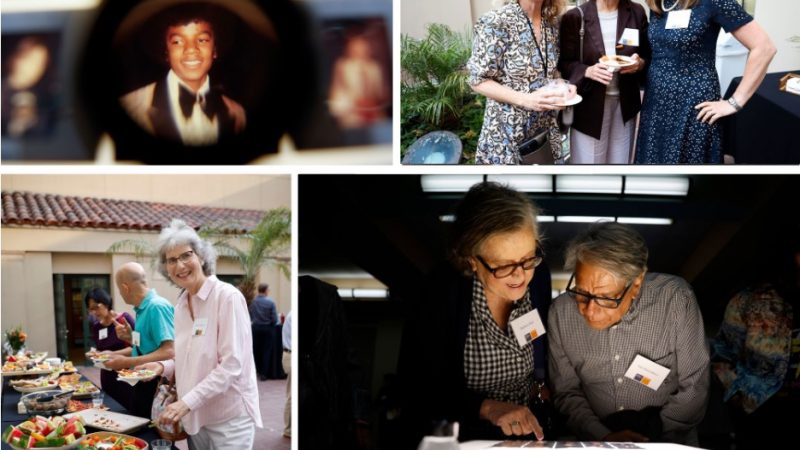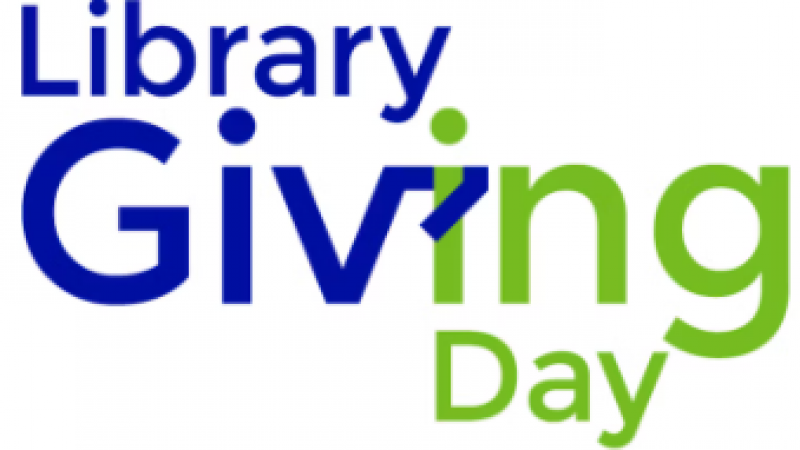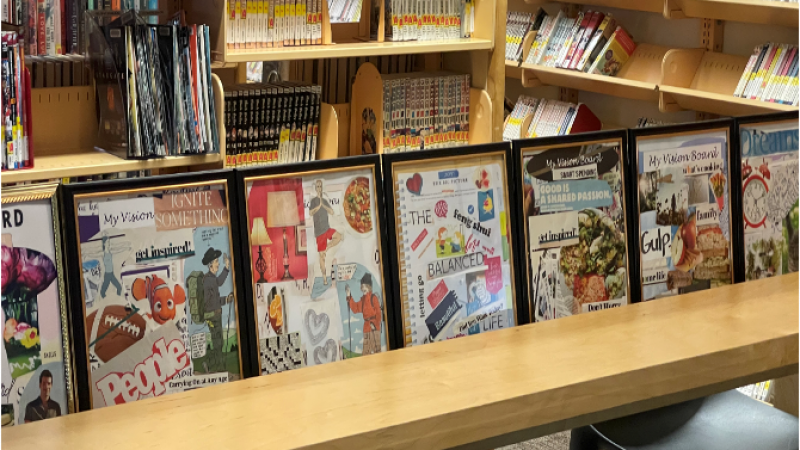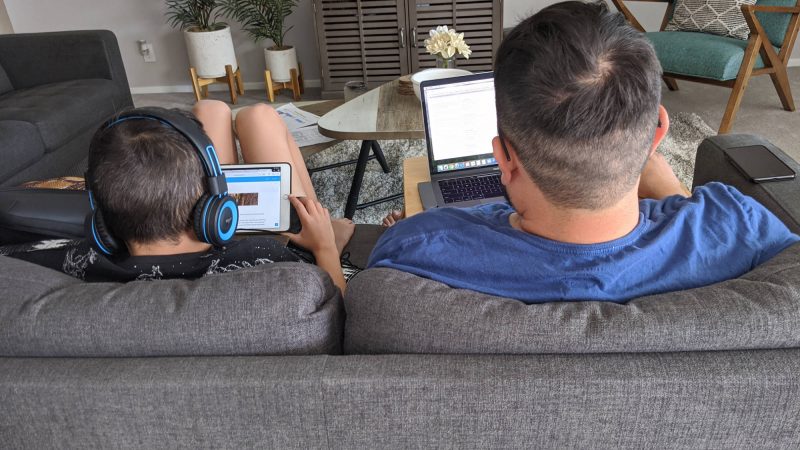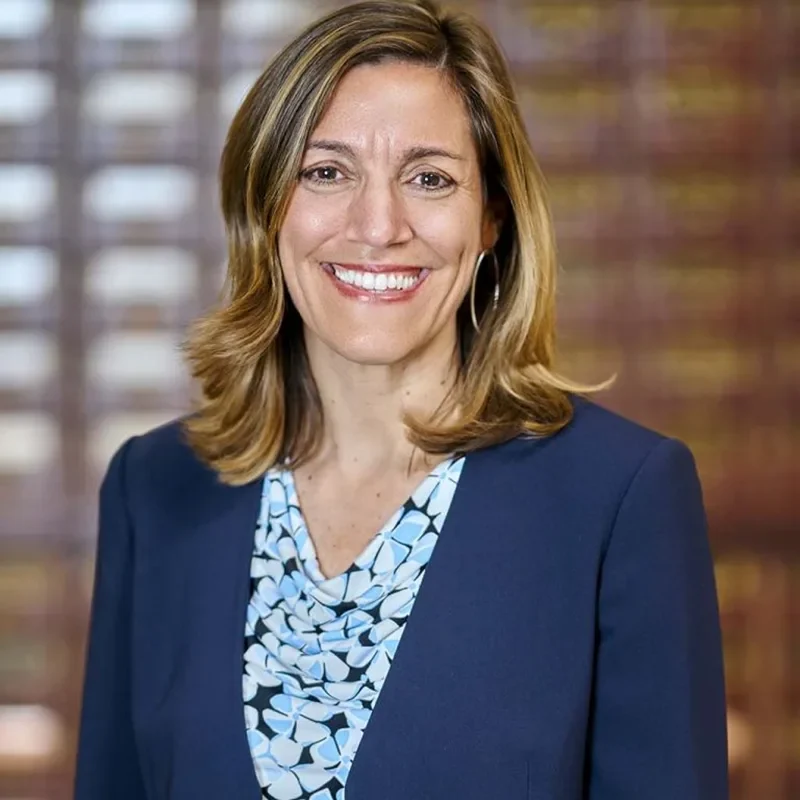How do you create a space where students will want to crack open their books after school? A space that’s safe and inviting, a space that’s cool, but also functional? “I think it’s really fun to create areas without architecture—like the idea of a treehouse,” says architect Cory Grosser. “If you’re a kid and you build a treehouse, it’s your space that’s separate from the house or from your parents, and there’s some independence and ownership of that space.” Cory Grosser Design + Strategy was contracted this fall by the Library Foundation to reimagine its Student Zones at 10 branch libraries.

Student Zones offer children and teens access to dedicated furniture, computers, and equipment during the after-school hours, including books, free printing, supplies, and learning resources. “Libraries are already a big draw for students—Student Zones are a central space within the Library where they can find the resources they need to complete homework and ultimately graduate high school and pursue their dreams,” says Imani Harris, an associate director at the Library Foundation who is overseeing the renovations of Student Zones.

By using modern furnishings, bright colors, and different seating postures—from stools with a laptop bar area to a sofa or floor seating—these new micro-spaces will accommodate the different work habits of all students. “I just wanted to make these spaces so that kids want to be there,” says Grosser. “Our belief is that good design will increase the usage of the Student Zones and that they will chose to attend their local library for after school activities because it is a cool and functional place to be.”

Last year, over 30,000 used Student Zones, and the Foundation hopes these improvements will inspire even more students to use these hubs, which also serve as access points to other free student resources like Live Homework Help and Student Smart. In addition to the redesign, Student Zone Helpers have been added at 15 branches to assist kids with their homework and computer questions, and the Foundation hopes to expand the zones to all 72 neighborhood libraries within the next five years.
